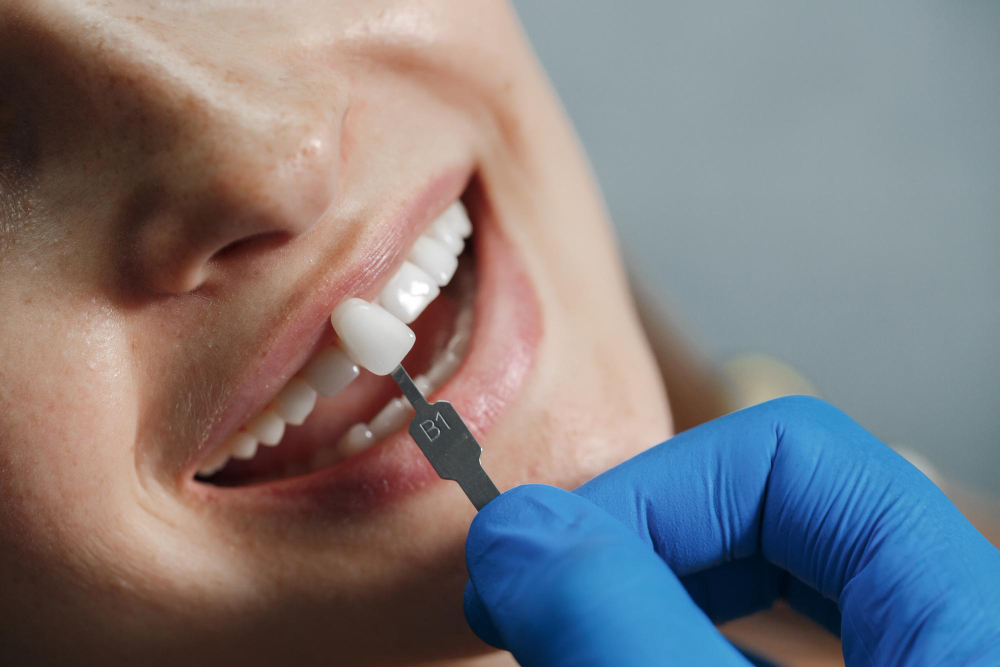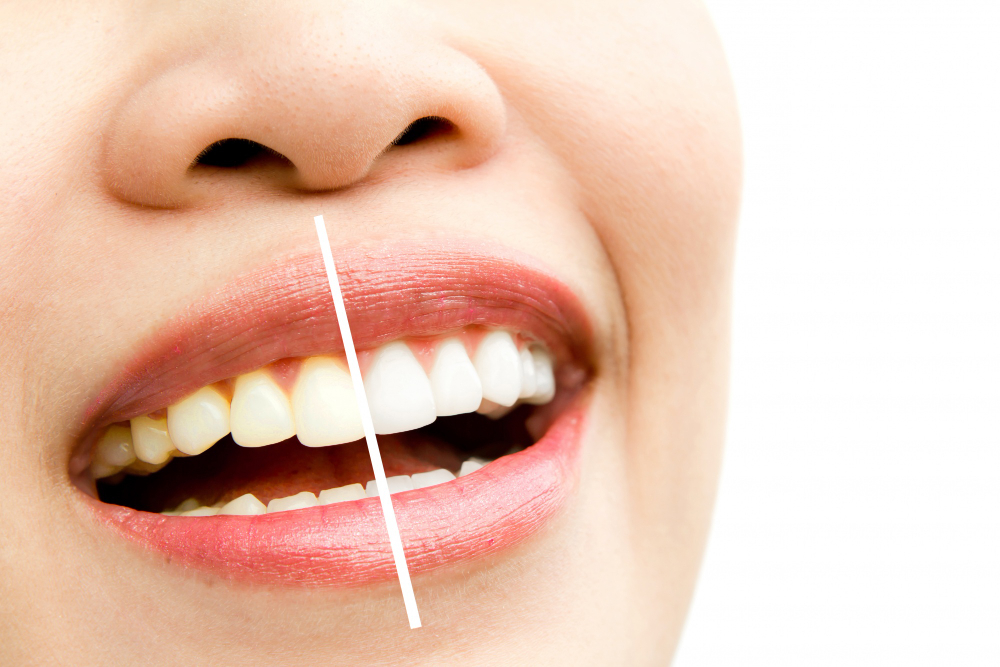If you’ve ever winced from a sip of ice water or felt a sharp jolt from your morning coffee, you’re among the millions of people dealing with tooth sensitivity. The good news? The right toothpaste can make a world of difference. But with countless options lining pharmacy shelves, each promising miraculous relief, how do you know which one will actually work for your specific situation?
The truth is, finding the best toothpaste for sensitive teeth isn’t just about grabbing the most expensive tube or the one with the flashiest marketing. It’s about understanding what’s causing your sensitivity, how different ingredients work, and matching the right solution to your unique needs. This comprehensive guide will walk you through everything you need to know to make an informed decision and finally get the relief you deserve.
Tooth Sensitivity: The Root of the Problem
Before diving into toothpaste options, it’s crucial to understand what’s happening in your mouth when you experience sensitivity. Your teeth aren’t just solid blocks of enamel. Underneath that hard outer layer lies dentin, a softer tissue filled with microscopic tubules that connect directly to the nerve center of your tooth.
When enamel wears away or gums recede, these tubules become exposed. Suddenly, temperature changes, sweet foods, or even a gust of cold air can send sensations straight to your tooth’s nerve, creating that characteristic sharp, shooting pain that makes you stop mid-bite.
This exposure can happen for various reasons. Aggressive brushing with a hard-bristled toothbrush can gradually wear away enamel and cause gum recession. Acidic foods and drinks can erode enamel over time. Teeth grinding, aging, gum disease, and even some dental procedures can contribute to sensitivity. Understanding your specific triggers helps you choose the most effective toothpaste and treatment approach.
The Science Behind Sensitivity Relief: How Toothpaste Works
Sensitive teeth toothpastes work through two primary mechanisms, and understanding these approaches will help you make better choices. The first method involves blocking the tubules in your dentin, essentially creating tiny plugs that prevent stimuli from reaching the nerve. The second method works by desensitizing the nerve itself, making it less reactive to triggers.
Tubule-blocking ingredients like stannous fluoride, arginine, and calcium carbonate work by depositing minerals into the exposed tubules. Over time, with consistent use, these deposits build up and create a barrier that blocks sensation pathways. This approach typically provides gradual improvement that builds over several weeks of regular use.
Nerve-desensitizing ingredients like potassium nitrate work differently. They interfere with the transmission of pain signals along the nerve, essentially turning down the volume on sensitivity responses. This can provide faster relief for some people, sometimes within just a few days of use.
Some advanced formulations combine both approaches, offering the immediate relief of nerve desensitization with the long-term protection of tubule blocking. These dual-action toothpastes often provide the most comprehensive sensitivity relief.
Active Ingredients: The Real Heroes in Your Tube
When evaluating sensitive teeth toothpastes, the active ingredients are what really matter. Marketing claims and brand names are less important than the specific compounds doing the actual work in your mouth.
Potassium Nitrate is perhaps the most widely recognized sensitivity-fighting ingredient. Used in concentrations of 5%, it works by calming overactive nerves in your teeth. Brands like Sensodyne have built their reputation largely on potassium nitrate formulations. This ingredient tends to work relatively quickly, with many people noticing improvement within a week of regular use.
Stannous Fluoride offers a dual benefit – it helps prevent cavities while also blocking exposed tubules to reduce sensitivity. At concentrations of 0.454%, stannous fluoride can provide excellent sensitivity relief while strengthening your enamel. However, some people find that stannous fluoride can cause temporary staining, though this is usually manageable with proper oral hygiene.
Arginine is a newer player in the sensitivity game, but it’s showing impressive results. This amino acid works by plugging exposed tubules and has shown clinical effectiveness comparable to traditional ingredients. Arginine-based toothpastes often provide relief that continues to improve over time as more tubules become sealed.
Calcium Sodium Phosphosilicate (Novamin) is a bioactive glass technology that releases calcium and phosphate ions to help rebuild tooth structure. While not available in all markets due to patent restrictions, it’s considered one of the most effective ingredients for long-term sensitivity relief and tooth remineralization.
Top Performers: Toothpastes That Actually Deliver
When it comes to proven effectiveness, certain brands and formulations consistently rise to the top. Sensodyne remains the gold standard for many dental professionals, not because of marketing muscle, but because of consistent clinical results and decades of research backing their formulations.
Sensodyne Pronamel deserves special mention for people whose sensitivity stems from acid erosion. This formulation combines sensitivity relief with enamel strengthening, making it ideal for coffee drinkers, wine enthusiasts, or anyone whose diet includes acidic foods and beverages. The dual-action formula helps stop sensitivity while rebuilding the very enamel that protects against future sensitivity.
Colgate Sensitive Pro-Relief takes a unique approach with its arginine-based formula. Many users report faster initial relief compared to potassium nitrate formulations, and the tubule-sealing action provides lasting protection. The pro-argin technology has solid clinical backing and offers an alternative for people who don’t respond well to traditional potassium-based formulas.
TheraBreath Fresh Breath might surprise some people on this list, as it’s primarily marketed for bad breath. However, its oxygenating formula and gentle approach make it excellent for people with sensitivity caused by gum issues or who need a sulfate-free option that won’t irritate already-sensitive oral tissues.
Tom’s of Maine Rapid Relief offers a natural approach to sensitivity relief while still incorporating clinically proven ingredients. For people who prefer more natural oral care products but don’t want to sacrifice effectiveness, this represents a good middle ground.
Special Considerations: Finding Your Perfect Match
 Not everyone’s sensitivity is the same, and the best toothpaste for you depends on your specific situation and needs. If your sensitivity is primarily related to temperature changes, potassium nitrate formulations typically work well. For sensitivity that seems related to sweet or sour foods, stannous fluoride or arginine-based toothpastes might be more effective.
Not everyone’s sensitivity is the same, and the best toothpaste for you depends on your specific situation and needs. If your sensitivity is primarily related to temperature changes, potassium nitrate formulations typically work well. For sensitivity that seems related to sweet or sour foods, stannous fluoride or arginine-based toothpastes might be more effective.
People with whitening-related sensitivity face a unique challenge. Many whitening toothpastes contain abrasive ingredients that can actually worsen sensitivity over time. If you’re committed to whitening but dealing with sensitivity, look for gentler whitening formulations or alternate between whitening and sensitivity toothpastes.
Those with gum disease or recession need to be particularly careful about their toothpaste choice. Harsh detergents like sodium lauryl sulfate (SLS) can irritate already-inflamed gums and worsen sensitivity. SLS-free formulations are often better choices for people with gum issues.
If you’re dealing with dry mouth, either from medications or medical conditions, you’ll want to avoid toothpastes with high alcohol content or strong detergents. Look for formulations specifically designed for dry mouth conditions, as these often include ingredients that help maintain oral moisture while addressing sensitivity.
The Application Game: Using Sensitivity Toothpaste Effectively
Having the right toothpaste is only half the battle – using it correctly is equally important. Many people don’t realize that sensitivity toothpastes work best when they’re in contact with your teeth for extended periods. Simply brushing for two minutes and spitting out isn’t always enough.
For maximum effectiveness, consider applying a small amount of sensitivity toothpaste directly to the sensitive areas with your finger after your regular brushing routine. Leave it on for several minutes before rinsing, or even overnight if the product instructions allow. This extended contact time gives the active ingredients more opportunity to work.
Consistency is crucial with sensitivity toothpastes. Unlike pain relievers that provide immediate relief, these products typically need several weeks of regular use to reach full effectiveness. Don’t get discouraged if you don’t see immediate results – stick with your chosen product for at least a month before evaluating its effectiveness.
What to Avoid: Common Mistakes That Make Sensitivity Worse

While focusing on what to use, it’s equally important to understand what to avoid. Many people unknowingly sabotage their sensitivity relief efforts by using products or techniques that worsen their condition.
Whitening toothpastes can be particularly problematic for people with sensitivity. The abrasive particles and bleaching agents that remove stains can also wear away protective enamel and irritate exposed dentin. If you must whiten, consider professional treatments under dental supervision rather than daily whitening toothpastes.
Charcoal toothpastes, despite their popularity and natural appeal, can be too abrasive for sensitive teeth. The particles in charcoal formulations can wear away enamel over time, potentially worsening sensitivity rather than helping it.
Be cautious with “tartar control” formulations that contain high levels of pyrophosphates. While these ingredients help prevent tartar buildup, they can sometimes increase sensitivity in susceptible individuals.
Beyond Toothpaste: Strategies for Sensitivity Relief
While the right toothpaste is crucial, it’s most effective when combined with other sensitivity-fighting strategies. Your toothbrush matters just as much as your toothpaste. Hard-bristled brushes can cause gum recession and enamel wear, exposing more dentin and worsening sensitivity. Switch to a soft-bristled brush and use gentle, circular motions rather than aggressive back-and-forth scrubbing.
Consider your diet’s role in your sensitivity. Acidic foods and beverages can soften enamel, making it more susceptible to wear and increasing sensitivity. If you can’t give up your morning orange juice or afternoon soda, try drinking through a straw to minimize contact with your teeth, and wait at least an hour after consuming acidic items before brushing.
A custom night guard from your dentist can be invaluable if you grind your teeth. Grinding wears away enamel and can crack teeth, leading to increased sensitivity. Protecting your teeth while you sleep can prevent further damage and give your sensitivity treatments a better chance to work.
Professional vs. Over-the-Counter: When to Seek Help
While many people find excellent relief with over-the-counter sensitivity toothpastes, sometimes professional intervention is necessary. If you’ve tried multiple products consistently for several months without improvement, it’s time to see your dentist. They can determine if your sensitivity is caused by something that requires professional treatment, such as a cracked tooth, advanced gum disease, or the need for a filling.
Professional-strength treatments are available that aren’t accessible over-the-counter. In-office fluoride treatments, prescription-strength sensitivity toothpastes, and specialized desensitizing procedures can provide relief when standard products don’t work.
Sometimes what feels like sensitivity is actually something else entirely. Tooth pain from decay, infection, or injury can sometimes masquerade as sensitivity. A dental professional can properly diagnose the source of your discomfort and recommend appropriate treatment.
Making Your Final Decision: A Practical Approach
With so many options available, choosing the best toothpaste for your sensitive teeth can feel overwhelming. Start by identifying your primary triggers and the likely cause of your sensitivity. If it’s related to temperature, begin with a potassium nitrate formulation. If it seems connected to acidic foods or drinks, consider a stannous fluoride or remineralizing formula.
Give your chosen product at least four to six weeks of consistent use before evaluating its effectiveness. Many people give up too quickly, switching products before giving them a fair chance to work. Keep a simple diary of your sensitivity levels to track improvement over time – sometimes progress is gradual enough that you don’t notice day-to-day changes.
Don’t be afraid to ask your dentist or dental hygienist for recommendations. They see the results of different products firsthand and can suggest options based on your specific oral health situation and the type of sensitivity you’re experiencing.
Remember that the “best” toothpaste is the one that works for your unique situation and that you’ll use consistently. A moderately effective product that you enjoy using is better than a highly effective one that sits unused in your medicine cabinet because you dislike the taste or texture.
The Path Forward: Your Journey to Sensitivity-Free Smiling
Tooth sensitivity doesn’t have to be a permanent part of your life. With the right toothpaste, proper technique, and consistent use, most people can achieve significant relief from sensitivity symptoms. The key is understanding your specific needs, choosing an appropriate product, and giving it adequate time to work.
Start with the fundamentals: identify your triggers, choose a clinically proven ingredient, and commit to consistent use. Combine your chosen toothpaste with gentle brushing techniques, dietary awareness, and regular dental care for the best results.
Your journey to sensitivity relief might take some patience, but the payoff – being able to enjoy ice cream, hot coffee, and cold drinks without wincing – is worth the effort. Take control of your oral health, make informed choices about your toothpaste, and look forward to a future where tooth sensitivity no longer dictates what you can and cannot enjoy.






